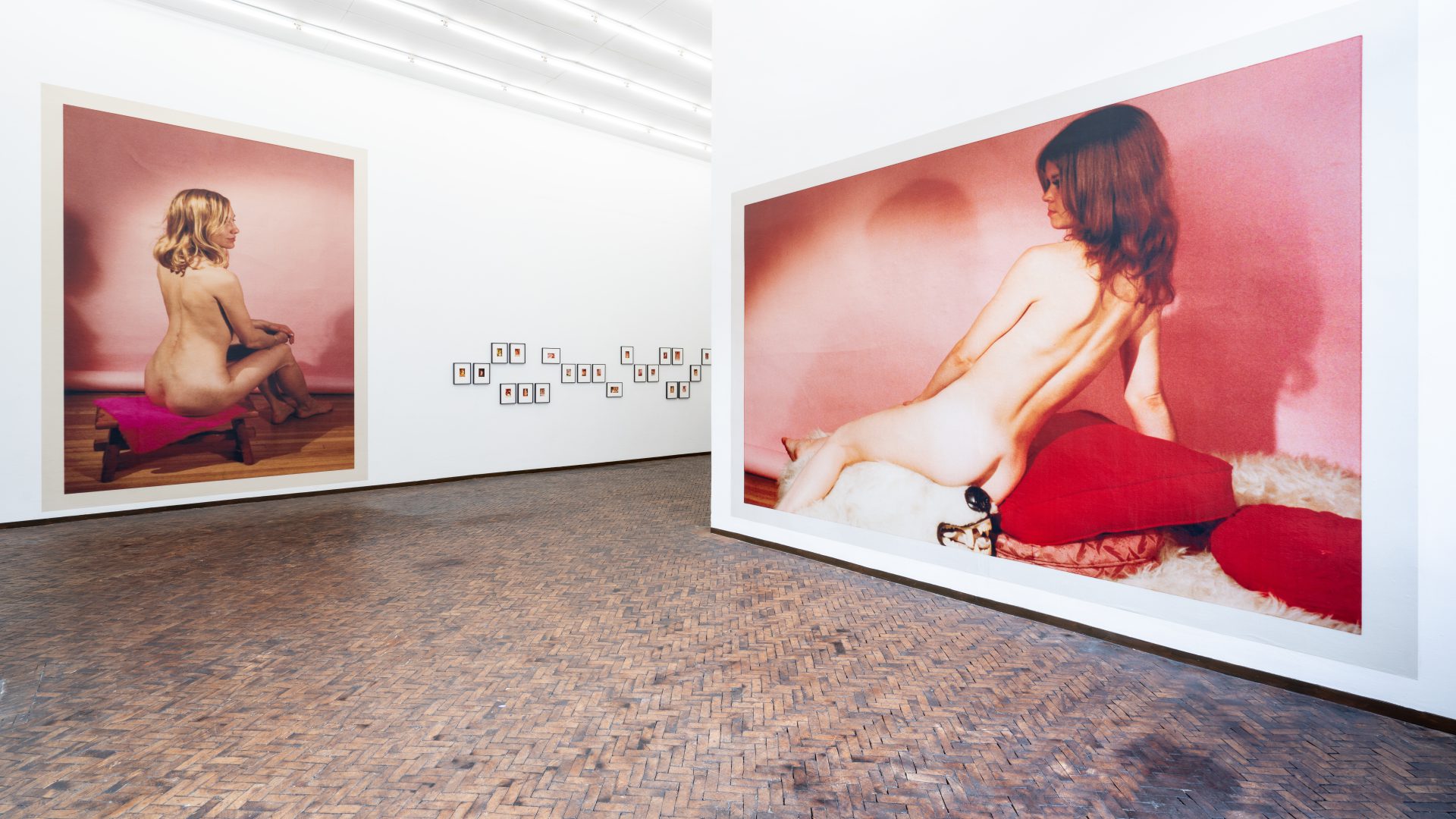
About the gallery
About the gallery
Throughout the years, Gerhard Hofland has grown to become one of the largest galleries in Amsterdam, representing a wide variety of art and artists. The gallery both exhibits and represents international artists that work from abstraction, such as Koen Delaere, Koen Doodeman, Thomas Trum and Janine van Oene, as well as those who rather find expression in figuration, such as Marjolijn de Wit, Michael Kirkham, Johan Tahon, Damien Cadio and Robert Seidel. Or artists that use large installations as their medium like Henk Stallinga. Also Gerhard Hofland holds a great interest in ‘Photo Brut’ artists and therefore presents collections of artists Type 42 (Anonymous) and Horst Ademeit.
Besides upholding a strong base of artists, the gallery works continuously to introduce international artists to the Dutch audience, and engages in projects with young and talented artists in order to provide them their first steps in the professional art world. The gallery has participated in art fairs such as Art Cologne, Viennacontemporary, Art Rotterdam, Art Brussels, Untitled Art Miami Beach, Expo Chicago, Volta NY, Volta Basel and Amsterdam Art (fair).
No matter how diverse such a variety of artists might be, Gerhard Hofland has developed a strong and fundamental profile over the years, always focussed on the pictorial qualities of the exhibited artists. The visual outcome – regardless of being abstract, figurative, two- or three-dimensional – and the aesthetic experience generated through the work are crucial to the profile of the gallery. It is always about the work that remains as the result of imagination, idea, time and maker.
Maintaining a profile focussed on visual and aesthetic experience has provided the gallery with a unique atmosphere. While contemporary art appears to be dominated by (post-)conceptual and knowledge production, Gerhard Hofland continues to show high-quality painting and sculpture. This way, the gallery is, and for years has been a renowned place for art that touches on the wide spectrum of human emotion, and reflects on the condition humaine without being exclusively reducible to either a concept, a political or societal development, or an intellectual position.
Gerhard Hofland is member of the Dutch Gallery Association
Gerhard Hofland complies with the Gallery Fair Practice Code
Gallery Fair Practice Code
Gallery Fair Practice Code
In 2021, the Fair Practice Code became a fixed provision for the part of the cultural sector that is supported by public resources. The Mondriaan Fund supports the gallery sector in a number of ways, and therefore believes that it is important that the principles outlined in the Fair Practice Code are also self-evident in the gallery sector. As of July 1, 2023, the Gallery Fair Practice Code will become a permanent condition for galleries that want to offer the KunstKoop or receive a contribution for a foreign art fair. It is important to always apply the code and explain what it entails. The galleries are expected to publish the Code in full and in a prominent position on their website, alongside the declaration that they endorse the Code.
The code
- The gallery in question records in writing the relationship between the gallery and the artist, including agreements regarding the duration of the agreement, prices and any applicable discounts. Other matters that may be recorded in this document include: monitoring and evaluation of the agreements, both parties’ targets (e.g. regarding international visibility), the relationship with a second gallery, agreements regarding the settlement of any discounts, regarding commissions from third parties, or the settlement of other expenses such as for transport, photography, insurance or the construction of an exhibition. Model contracts are available on the Dutch Gallery Association (NGA) website.
- The artist remains the owner of their work until the full amount is paid to the gallery, with the exception of secondary trading. This also applies in the case of gallery bankruptcy or attachment.
- The gallery shall transfer the full artist’s share of the sales price agreed with the customer within 60 days following the sale of the artist’s work, and provide the artist with the buyer’s name and address details, and a copy of the invoice.
- Unsold artworks in the charge of the gallery must always be returned to the artist within a month, if requested by the artist.
- The relationship between galleries may involve competition and rivalry, but in the case of different galleries representing the same artist, the galleries should in all respects remain loyal to the interests of the artist in question. If a gallery exclusively represents an artist, thereby acting as their ‘mother gallery’, and another gallery would like to organise an exhibition with this artist, the involved parties should make written agreements regarding the conditions under which the exhibition can be held (see appendix for a Dutch Gallery Association (NGA) model contract).
- The gallery is expected to be professional and competent, and to maintain this professionalism and competence.
- The gallery vouches for the authenticity of the work that they are selling.* In the case that a work is adjudged to be fake by a recognised independent party, the customer may return the work to the gallery owner and have the amount paid for the work refunded.
- A gallery states the following on their website: their objectives, programme, working method and the artists that they represent.
- A gallery is expected to act in accordance with the Fair Practice Code (fairpracticecode.nl), which includes an assurance against inappropriate behaviour at the gallery and elsewhere.
*If desired, certificates of authenticity can be requested from the Dutch Gallery Association (NGA)